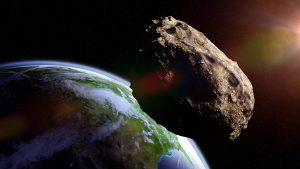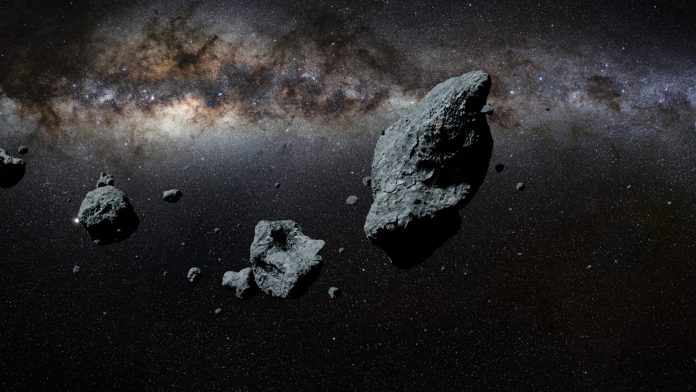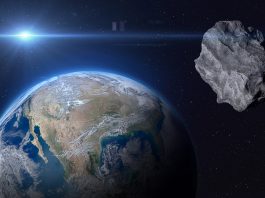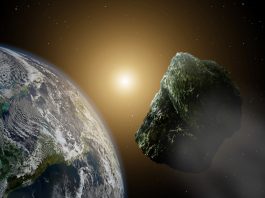In a recent study by researchers from the Physical Institute of the University of Bern, new findings have been presented on the formation and development of asteroids.
Two years ago, an impact experiment was conducted on the asteroid Ryugu by the Hayabusa2 spacecraft, which resulted in an unexpectedly large crater. Samples were collected from this mission, which aimed to study the history of the asteroid, and were returned to Earth for laboratory analysis.
Stemming from this mission, Dr Martin Jutzi and Dr Sabina Raducan, both from the Physical Institute of the University of Bern, Department for Space Research and Planetology (WP), used simulations to gain new insights from the experiment regarding the formation of asteroids.
The study, ‘Constraining surface properties of asteroid (162173) Ryugu from numerical simulations of Hayabusa2 mission impact experiment,’ is published in Nature Communications.
Crater development assists with dating asteroids
During the Hayabusa2 Space mission, a small carry-on impactor was fired at the surface of the asteroid Ryugu, to help illuminate its characteristics.
“The crater made by the impact was far larger than expected. We, therefore, tried to reproduce the results of the impact on Ryugu with the use of simulations, to ascertain the kind of characteristics the material is required to have on the surface of the asteroid,” explained Jutzi.
Several factors influence the nature and size of an impact crater on an asteroid. Firstly, specific characteristics of the projectile, and secondly, the characteristics of the asteroid such as its strength and gravity.
“The size and nature of the crater resulting from the impact can lead to a direct diagnosis of the material characteristics and the near-surface structure of the asteroid,” stated Jutzi.
Because of this, studying the crater formation process has important implications for the understanding of the geological and geophysical development of asteroids.

“So far, the way in which the formation of craters works at low gravity has largely remained unexplored. This is because the conditions of the impact cannot be simulated in laboratory experiments on Earth,” explained Raducan, who is managing the project together with Jutzi.
The researchers showed that the asteroid probably had a very loose internal structure, only being held together by very small cohesive forces and gravitational interactions.
“On the basis of these conditions, we are able to use our numerical simulations to reproduce the outcome of the impact on Ryugu,” said Raducan.
The relationships between the characteristics of the projectiles and the size of the crater derived from the results indicate that the surfaces of small asteroids must be very young.
“Our results also show that low cohesion can have a significant impact on crater formation. On Ryugu, there are various geological surface units that have different ages. This may be attributable to the influence of cohesion,” added Jutzi.
Important findings for DART
The study will be crucial for the DART mission by NASA, in which the scientists are also taking part. DART is the world’s first full planetary defence test against the possible impact of asteroids on Earth. In September 2022, a Space probe crashed into the asteroid Dimophos to deflect the asteroid from its orbit, as part of the mission.
“The findings of the simulations for the impact on Ryugu also help with analysing the results of the DART mission”, explained Jutzi.
“We are working on applying the newly developed models to DART in order to gain insights into the characteristics of Dimorphos. Our initial simulations look very promising,” added Raducan.









